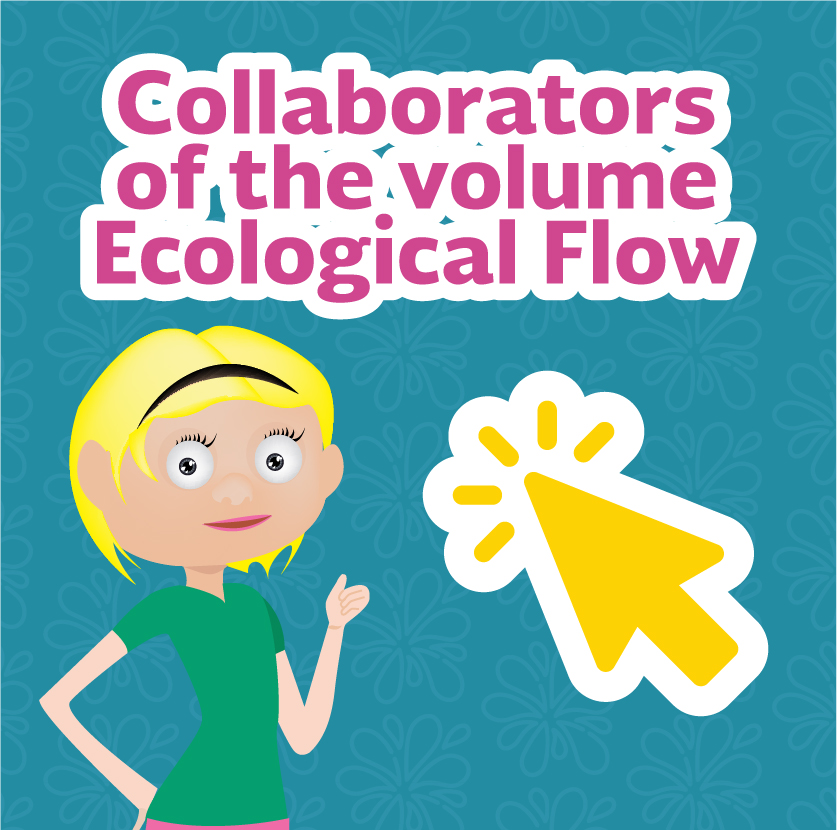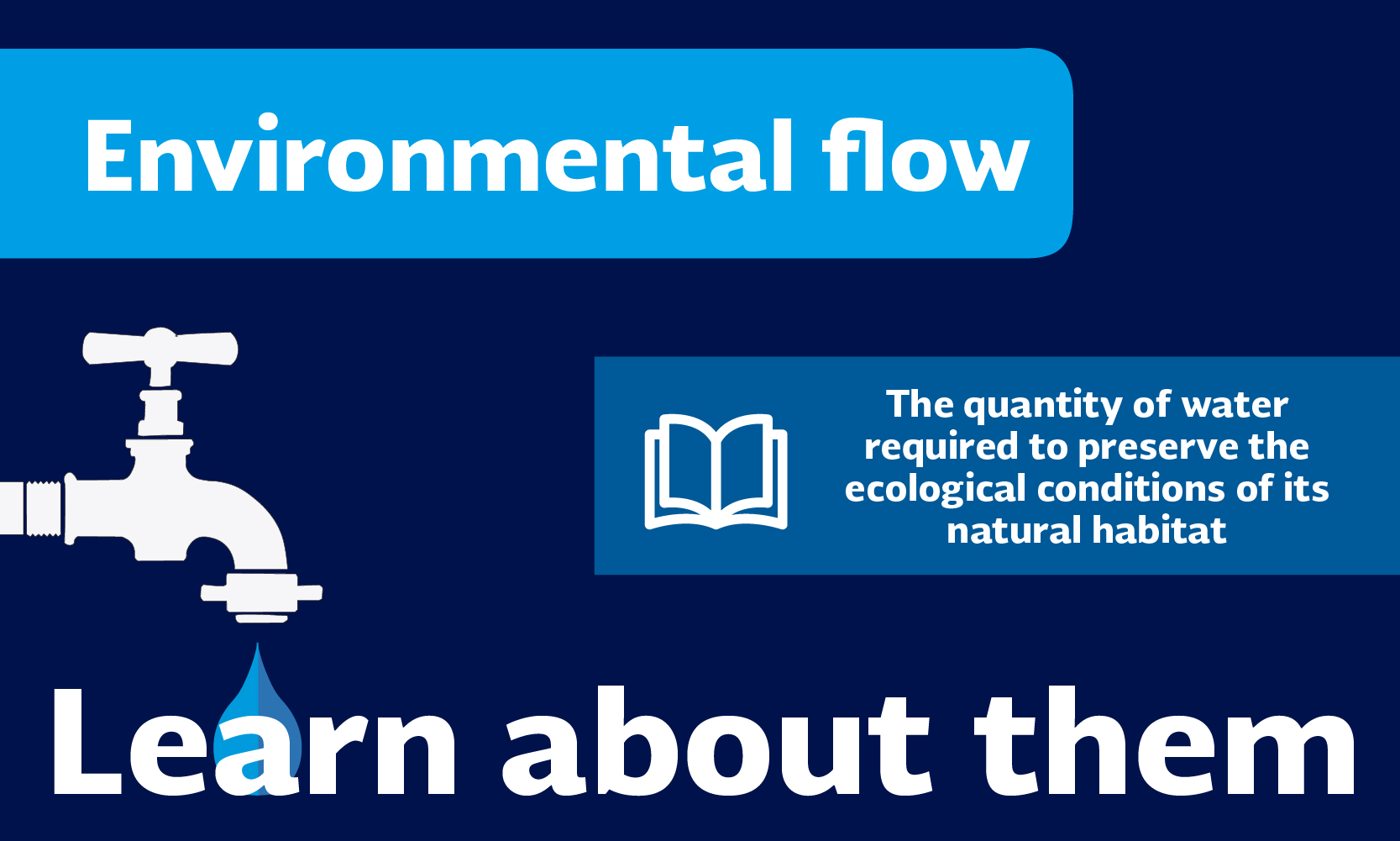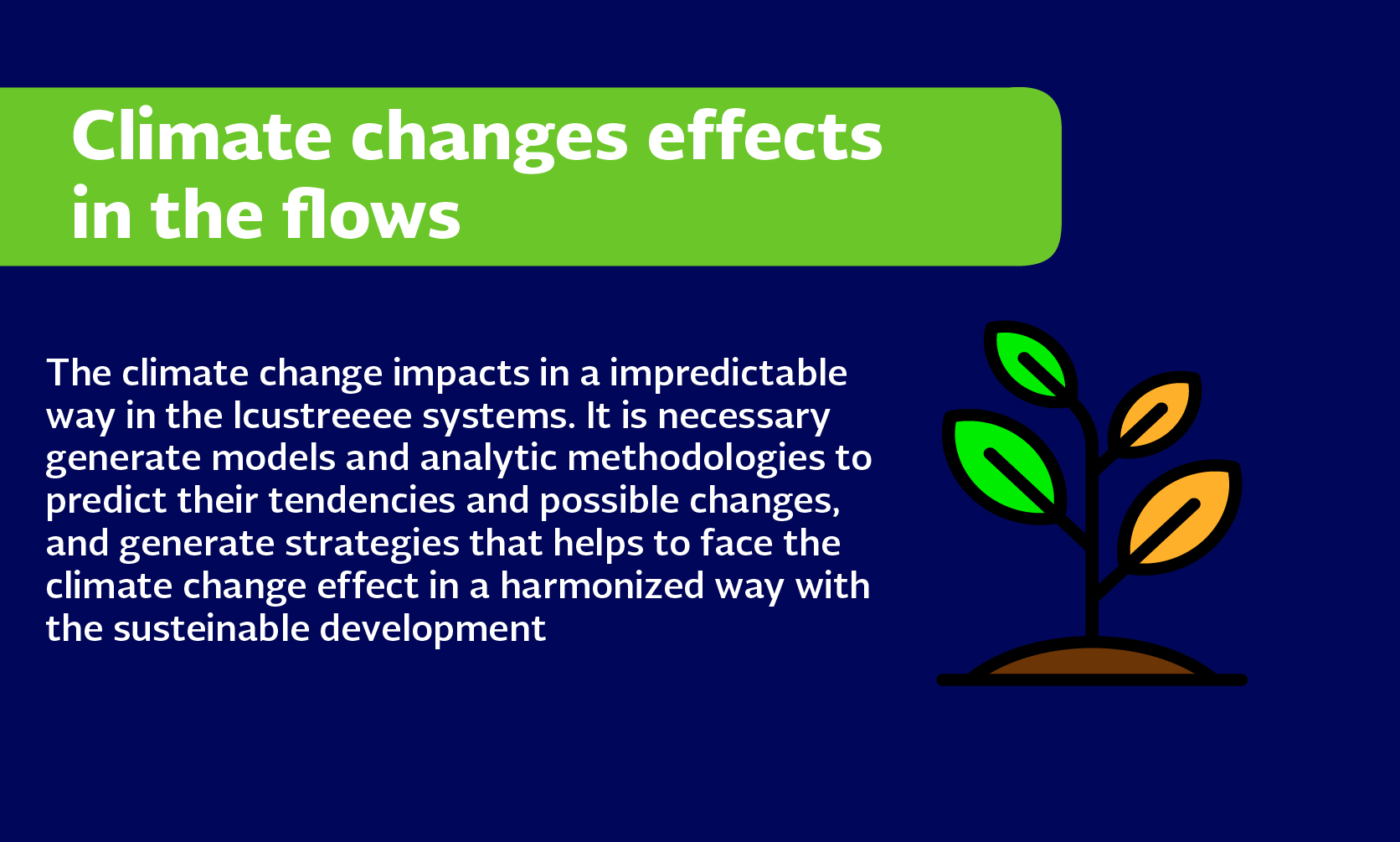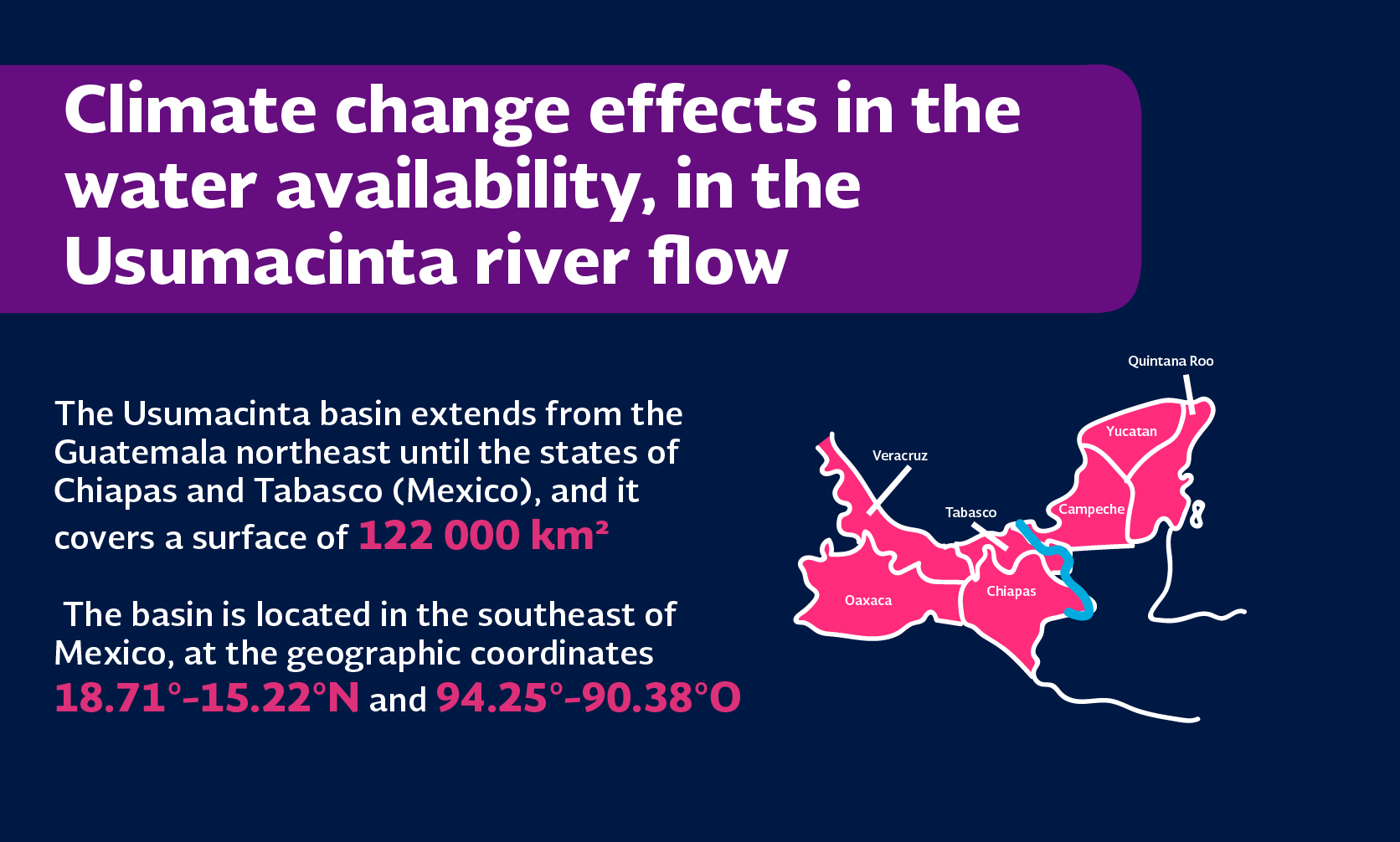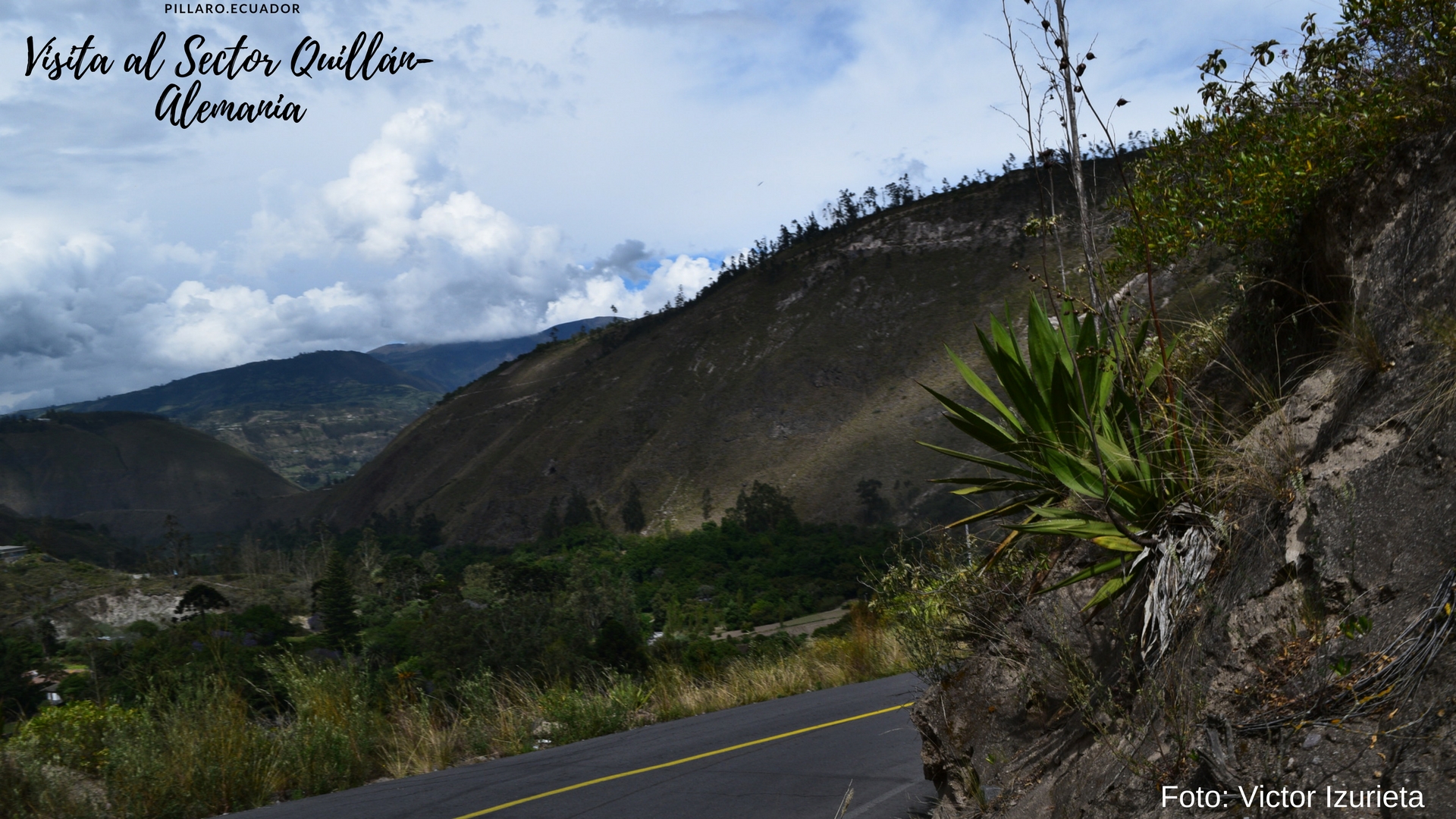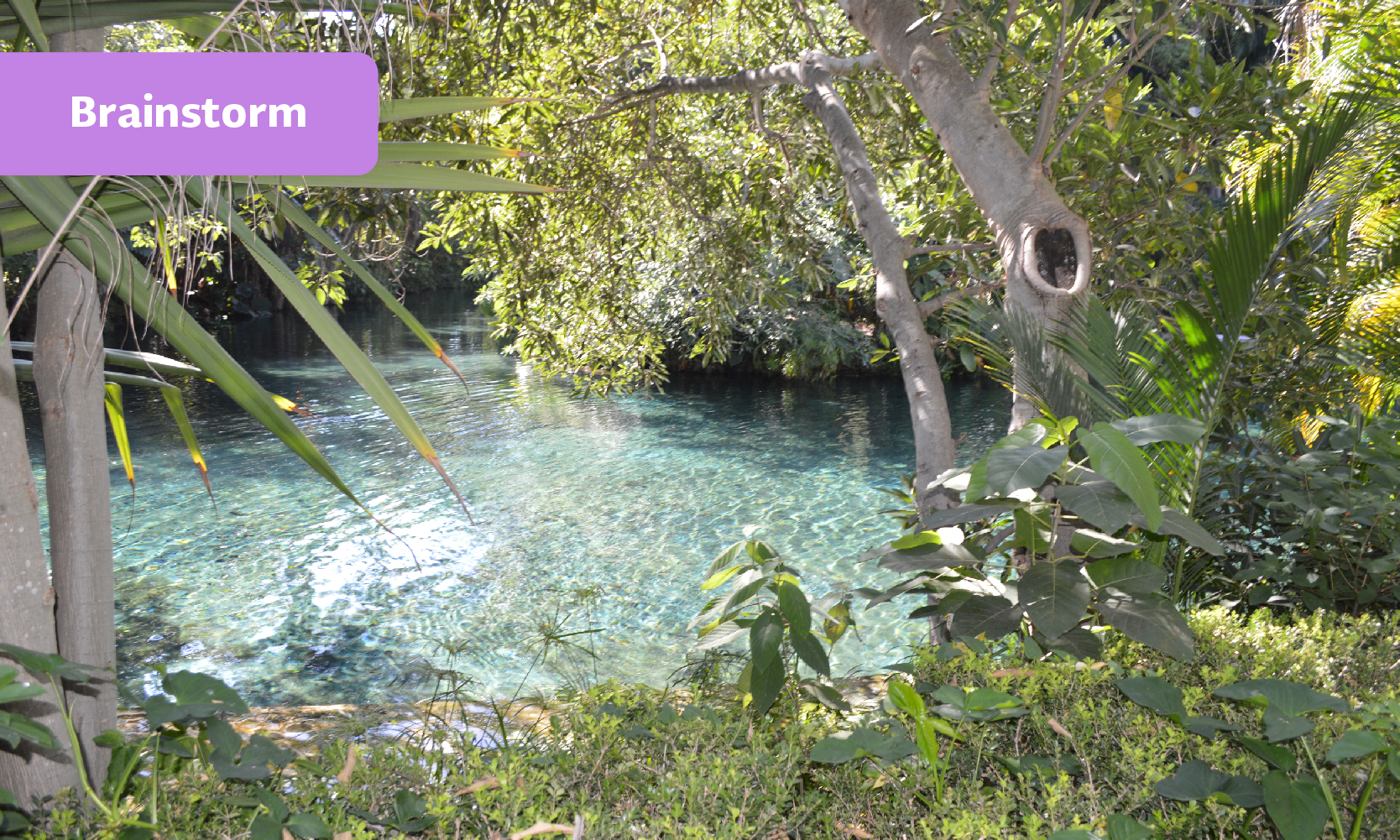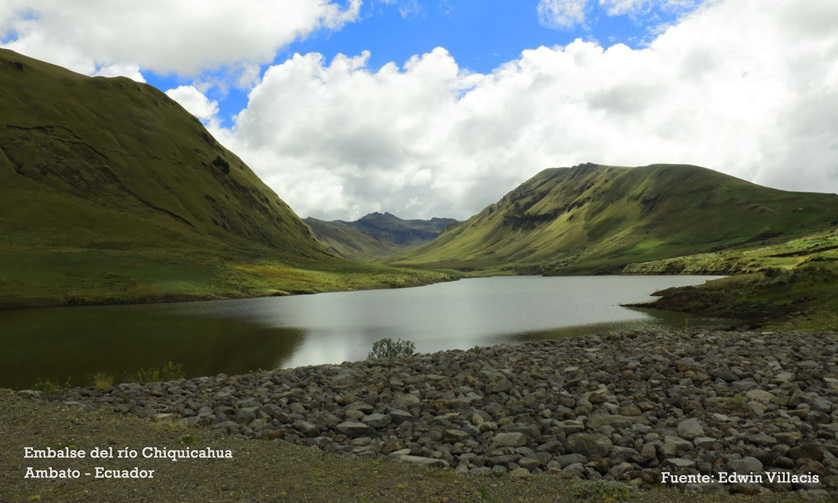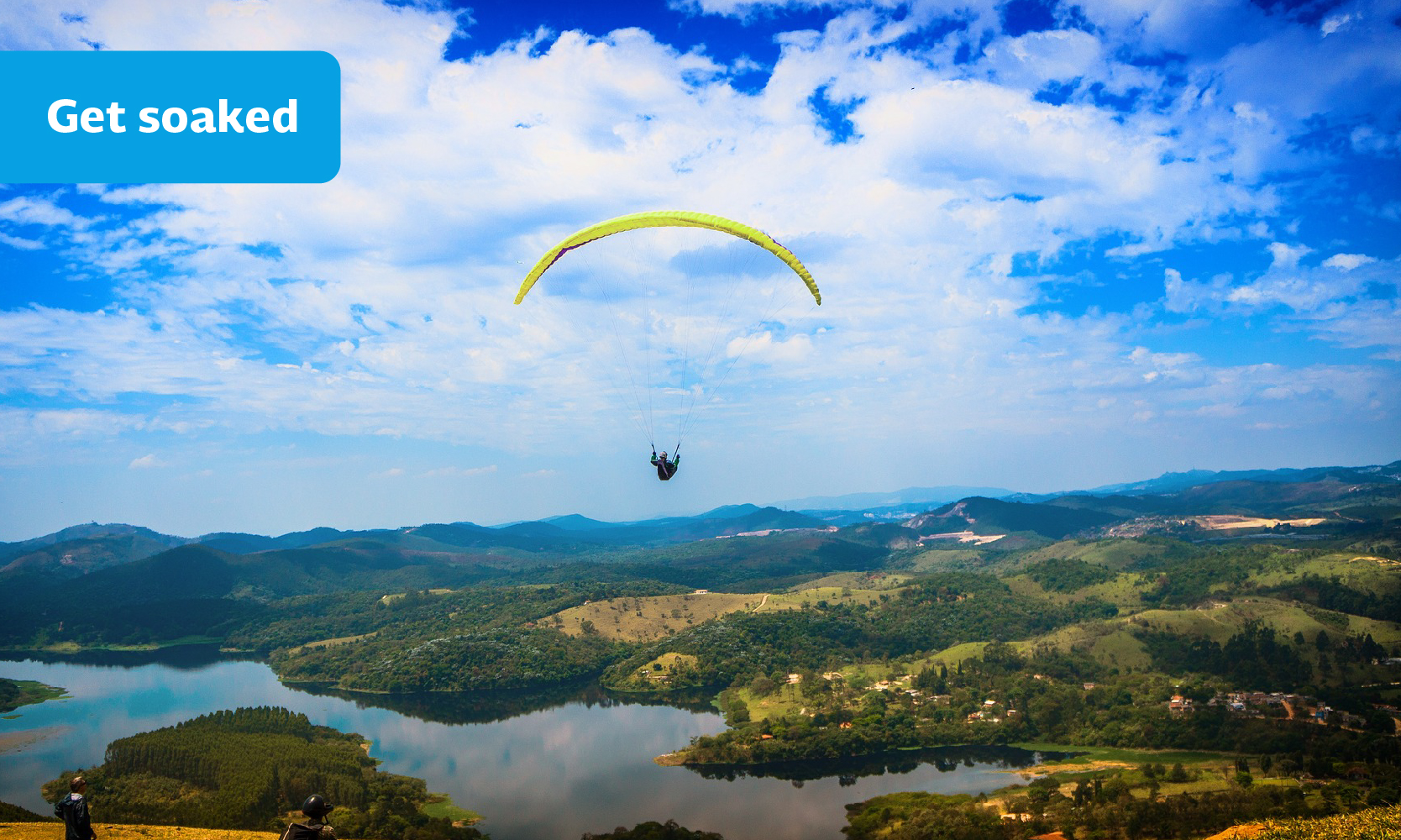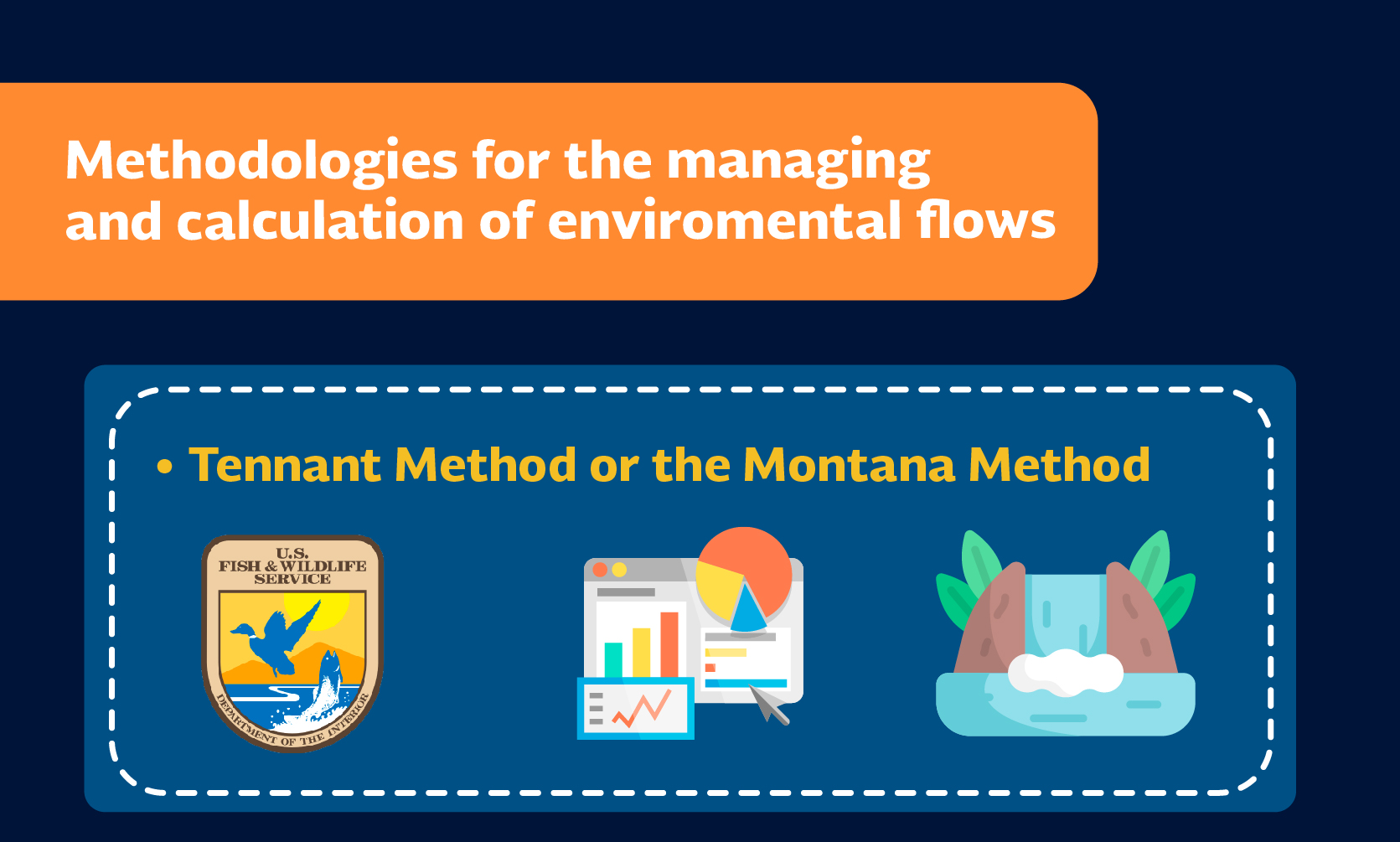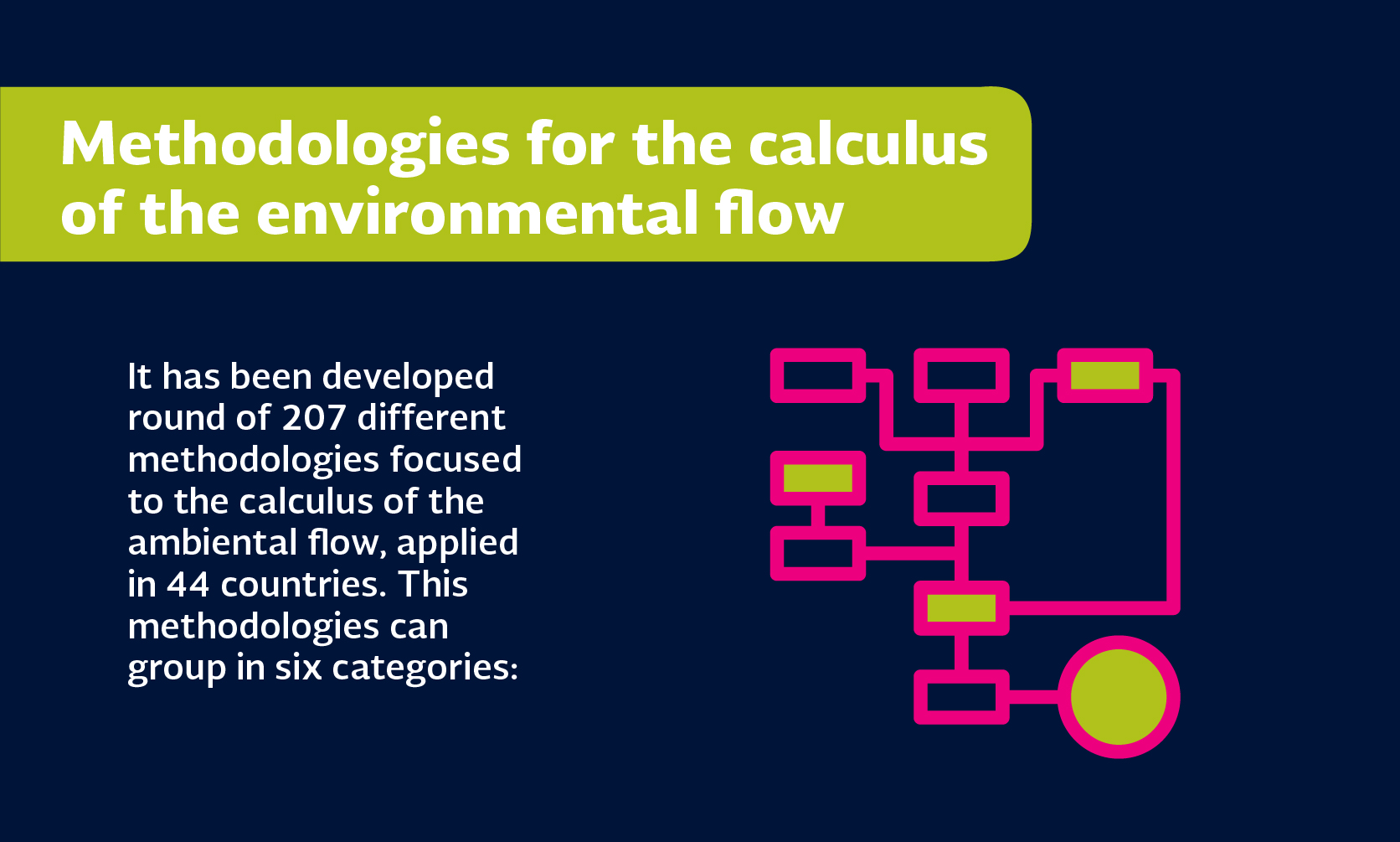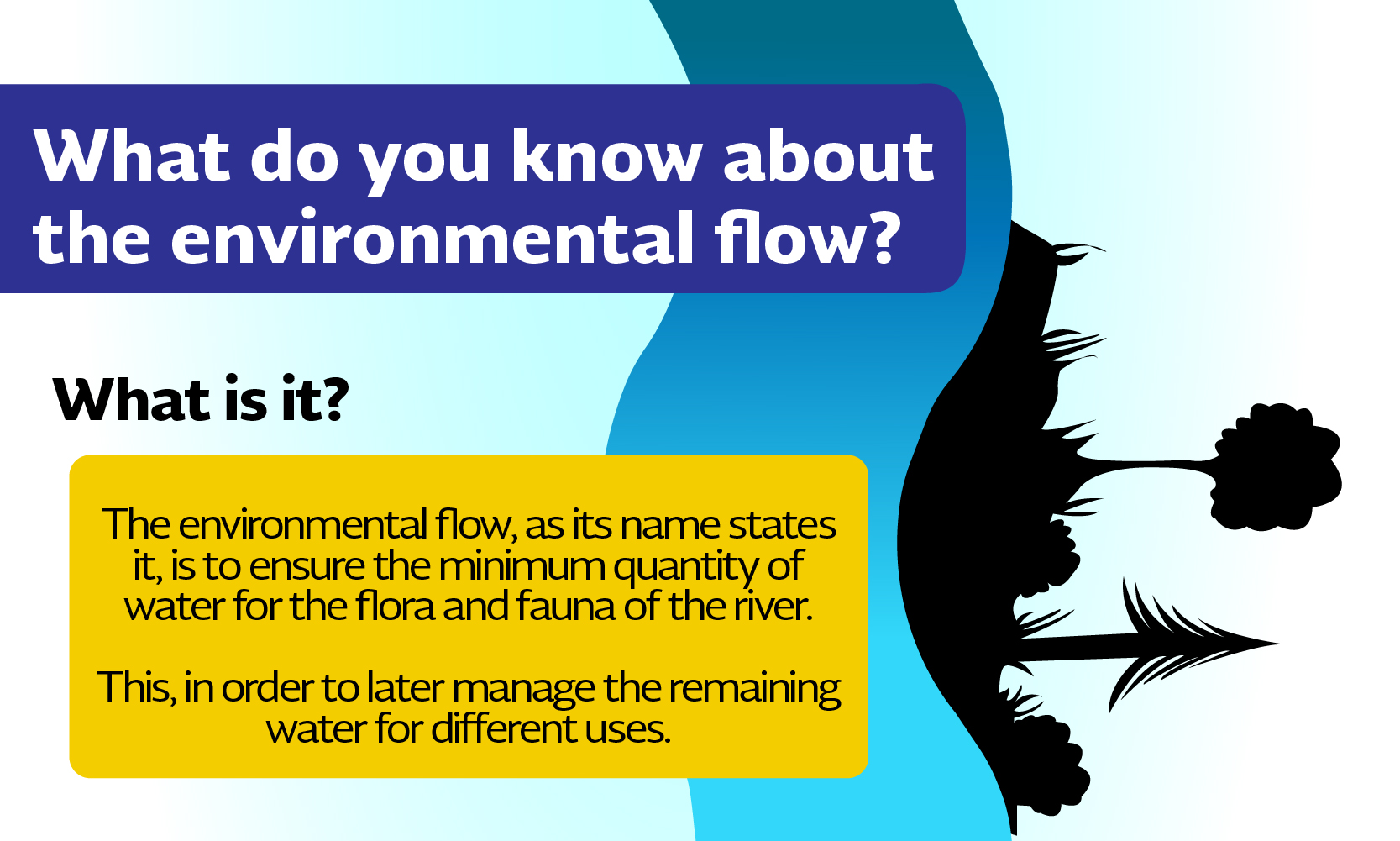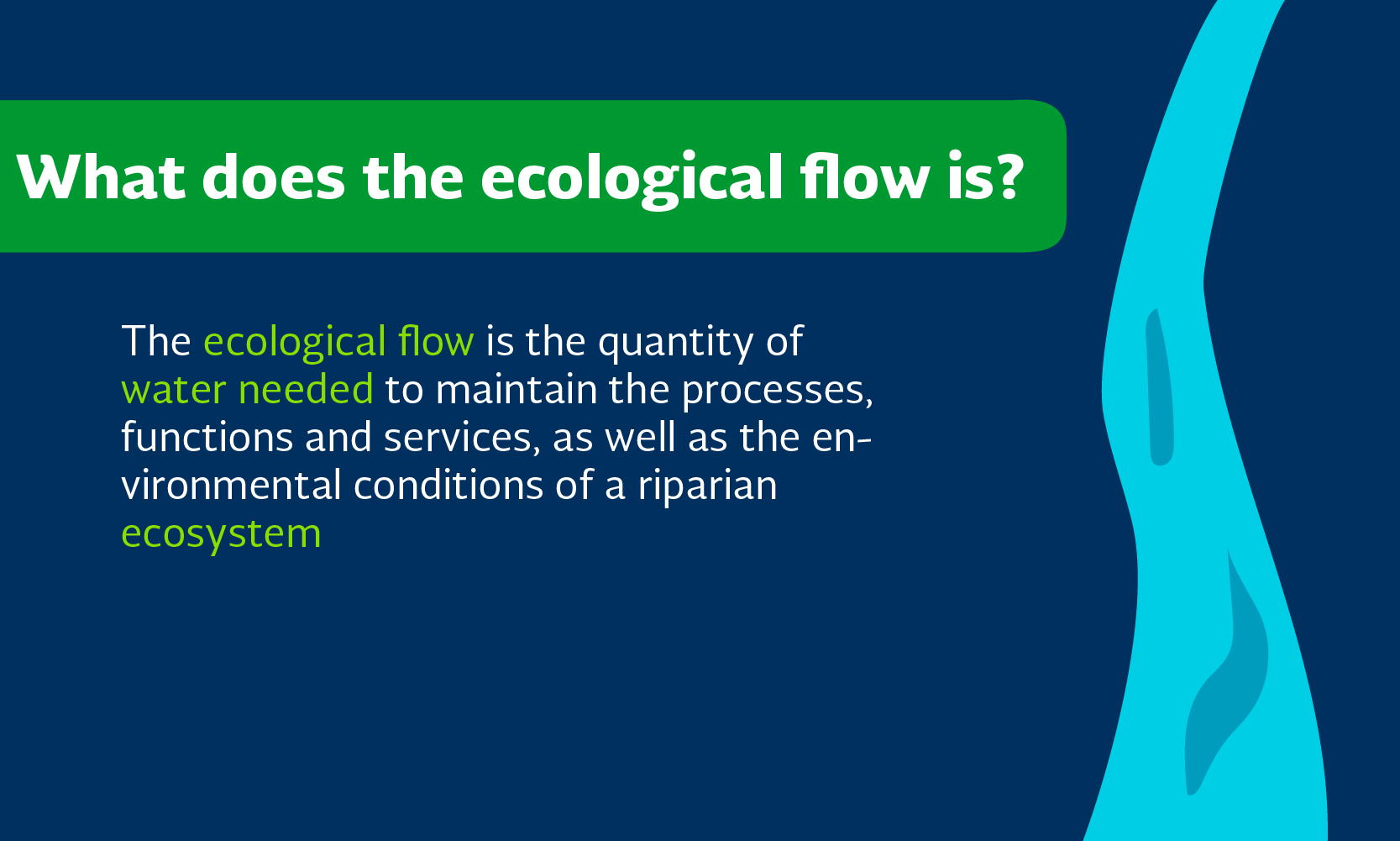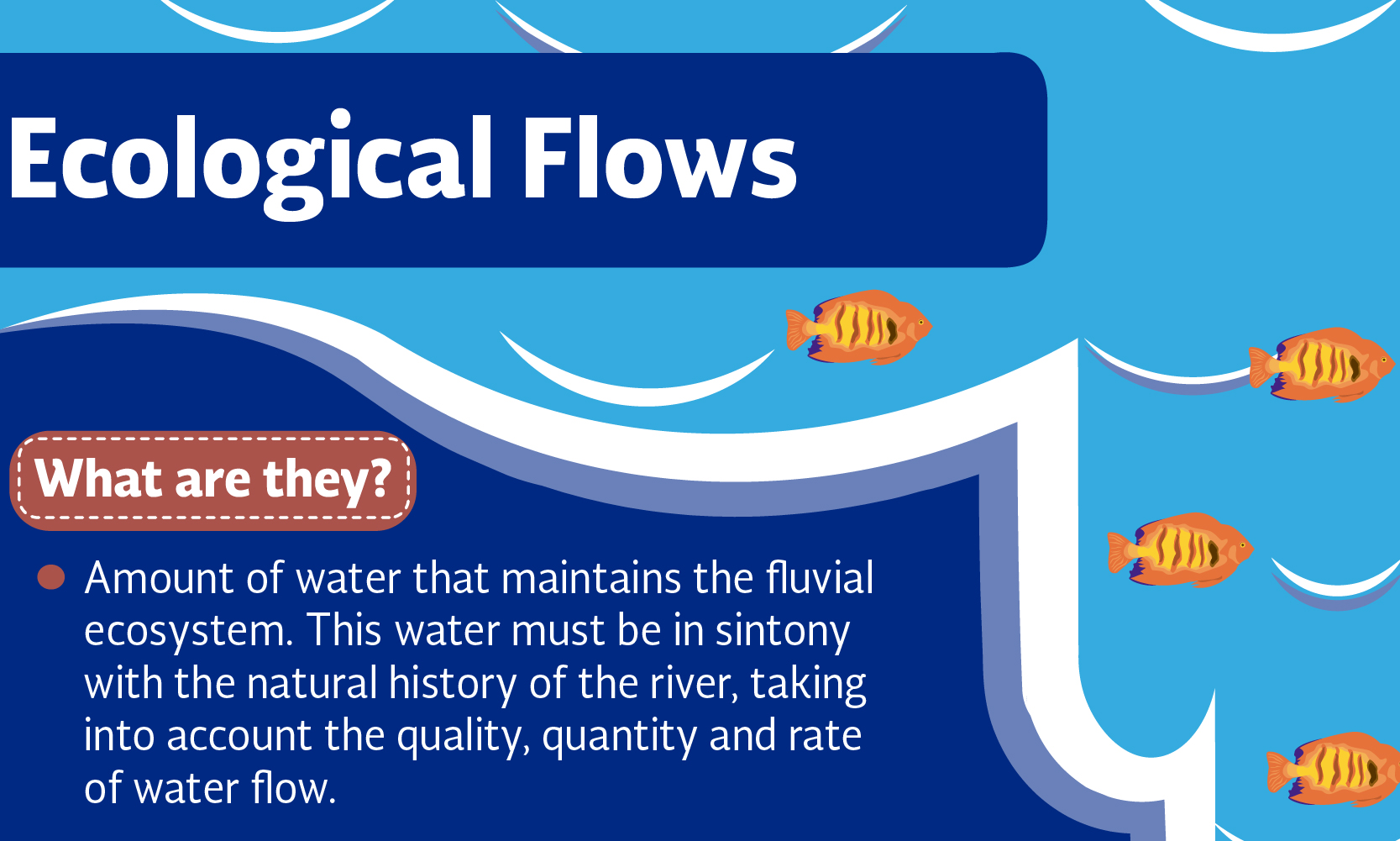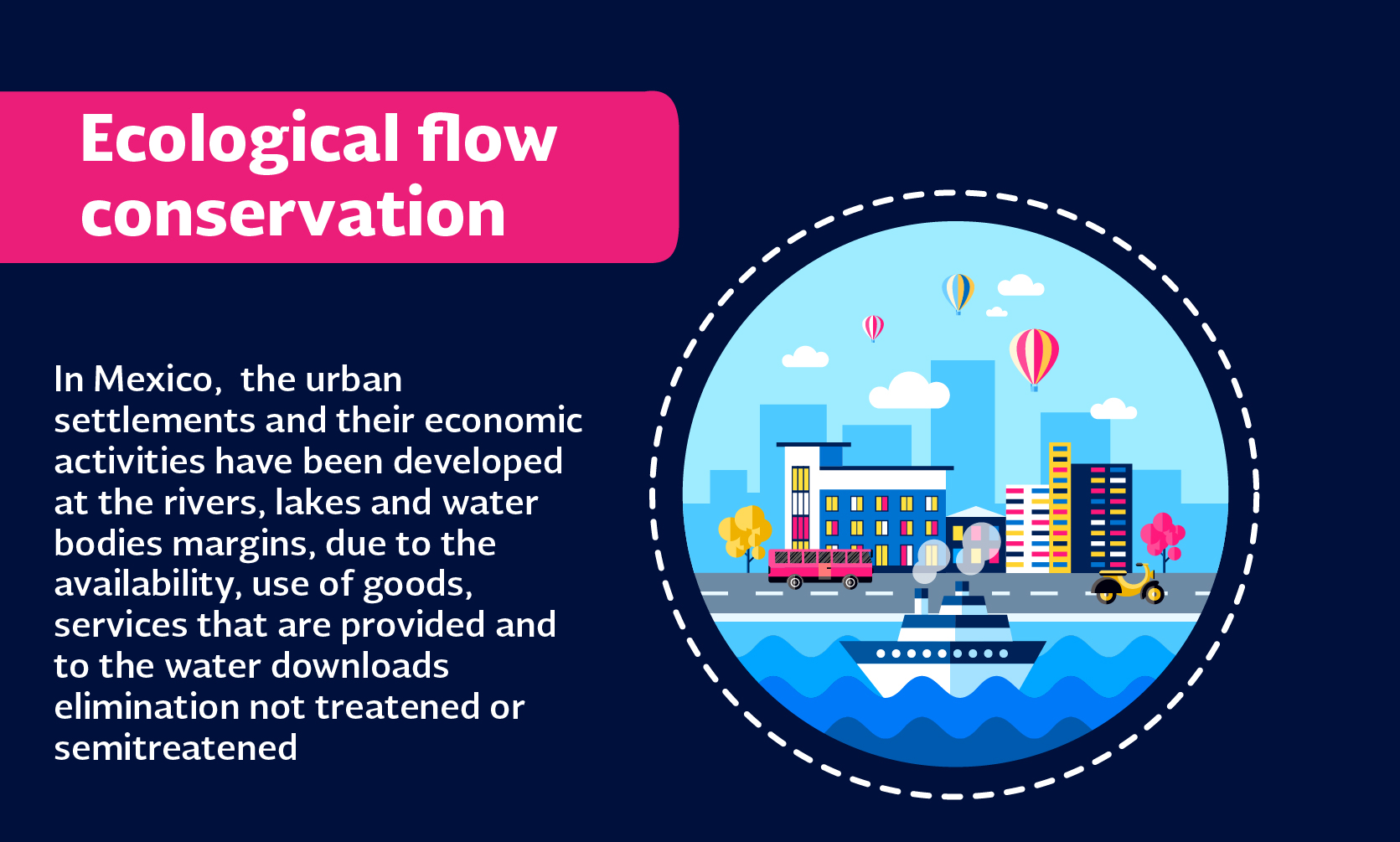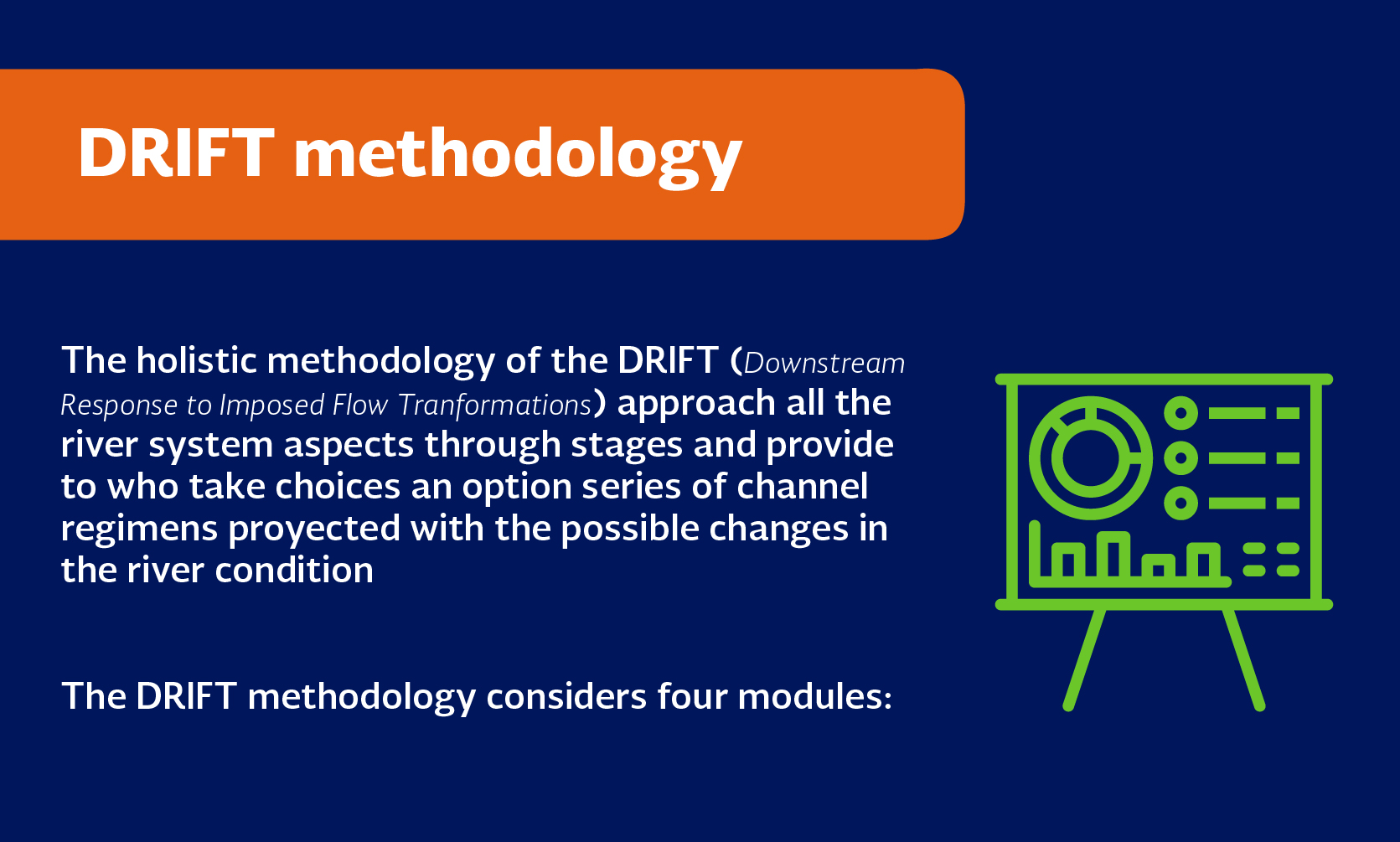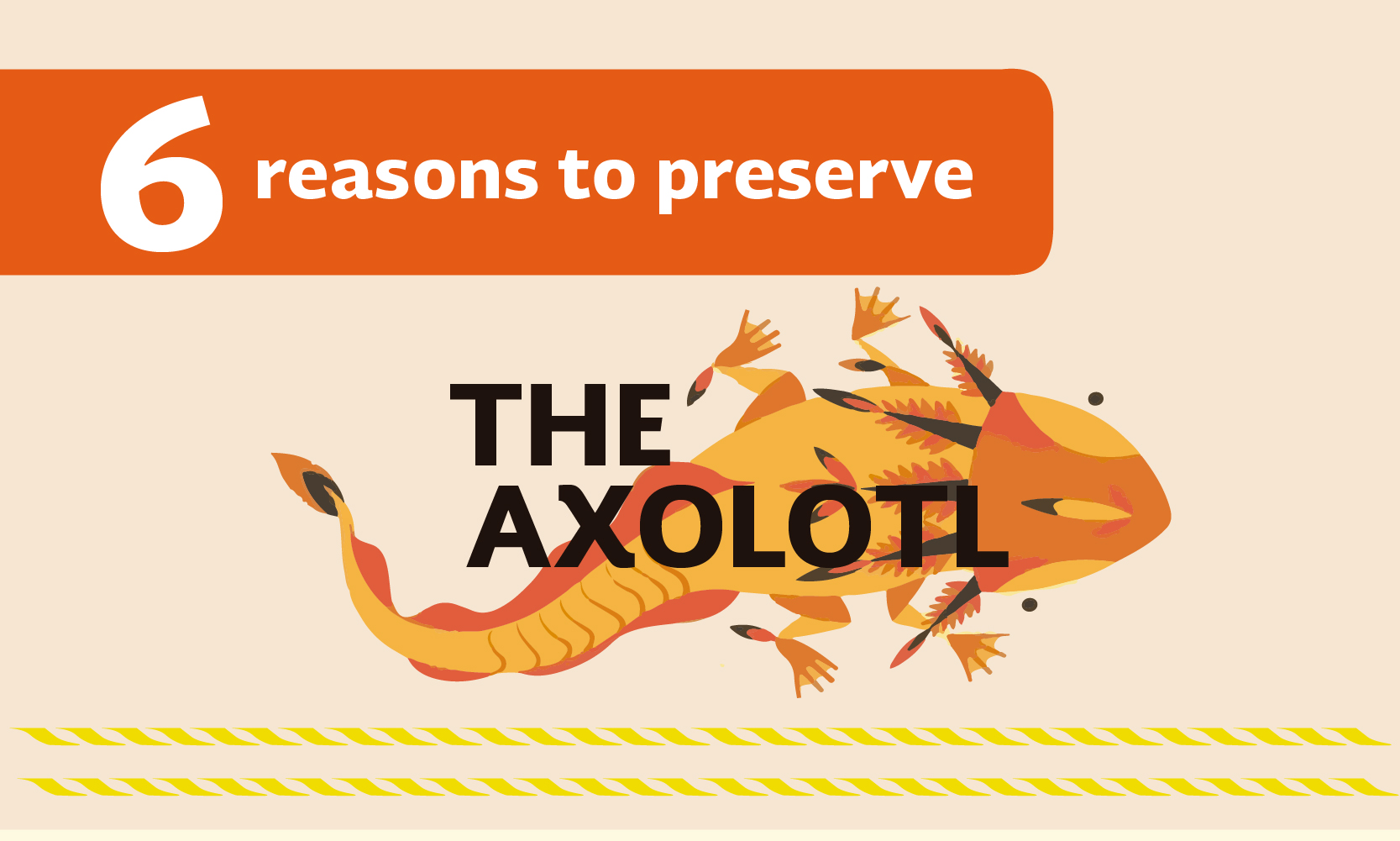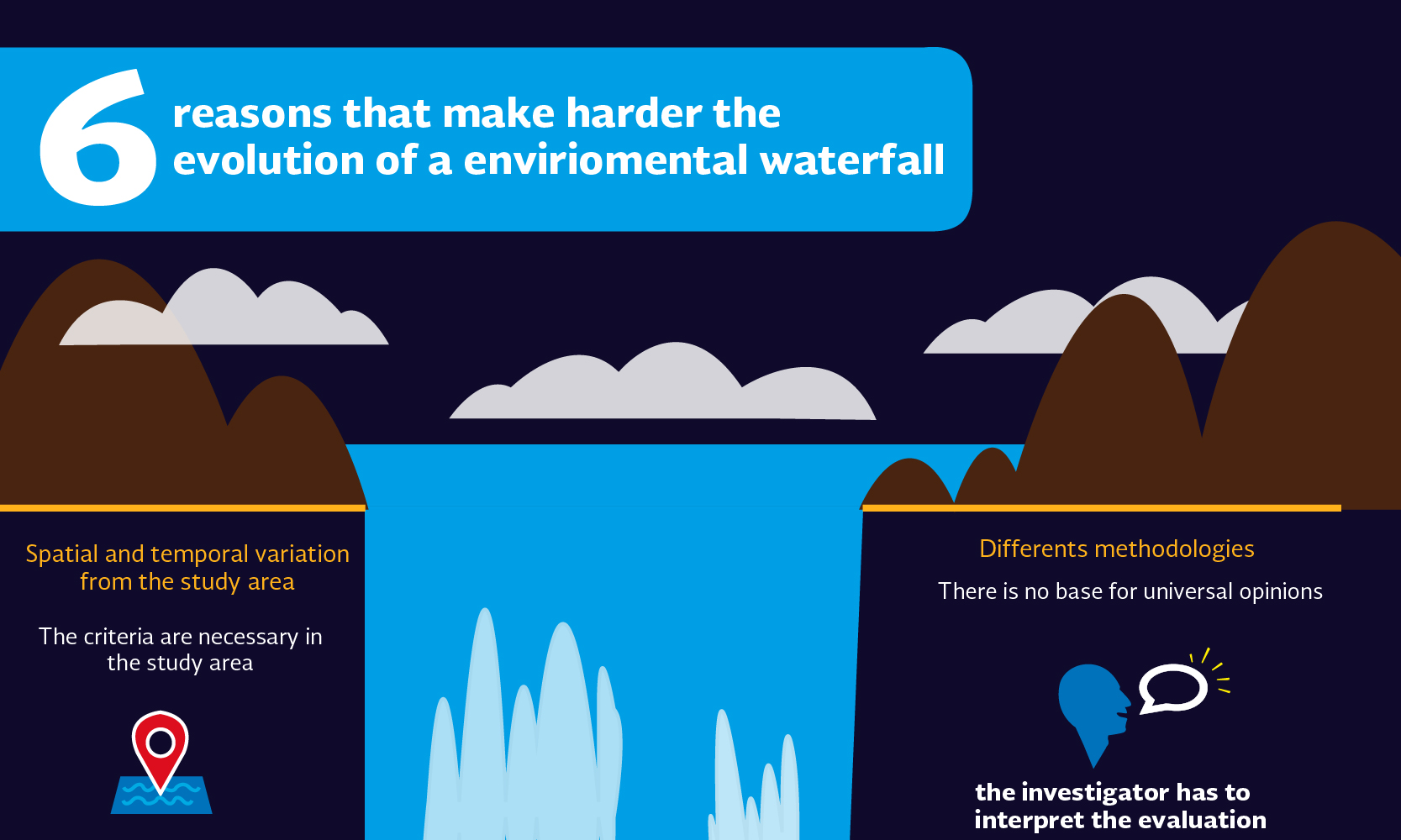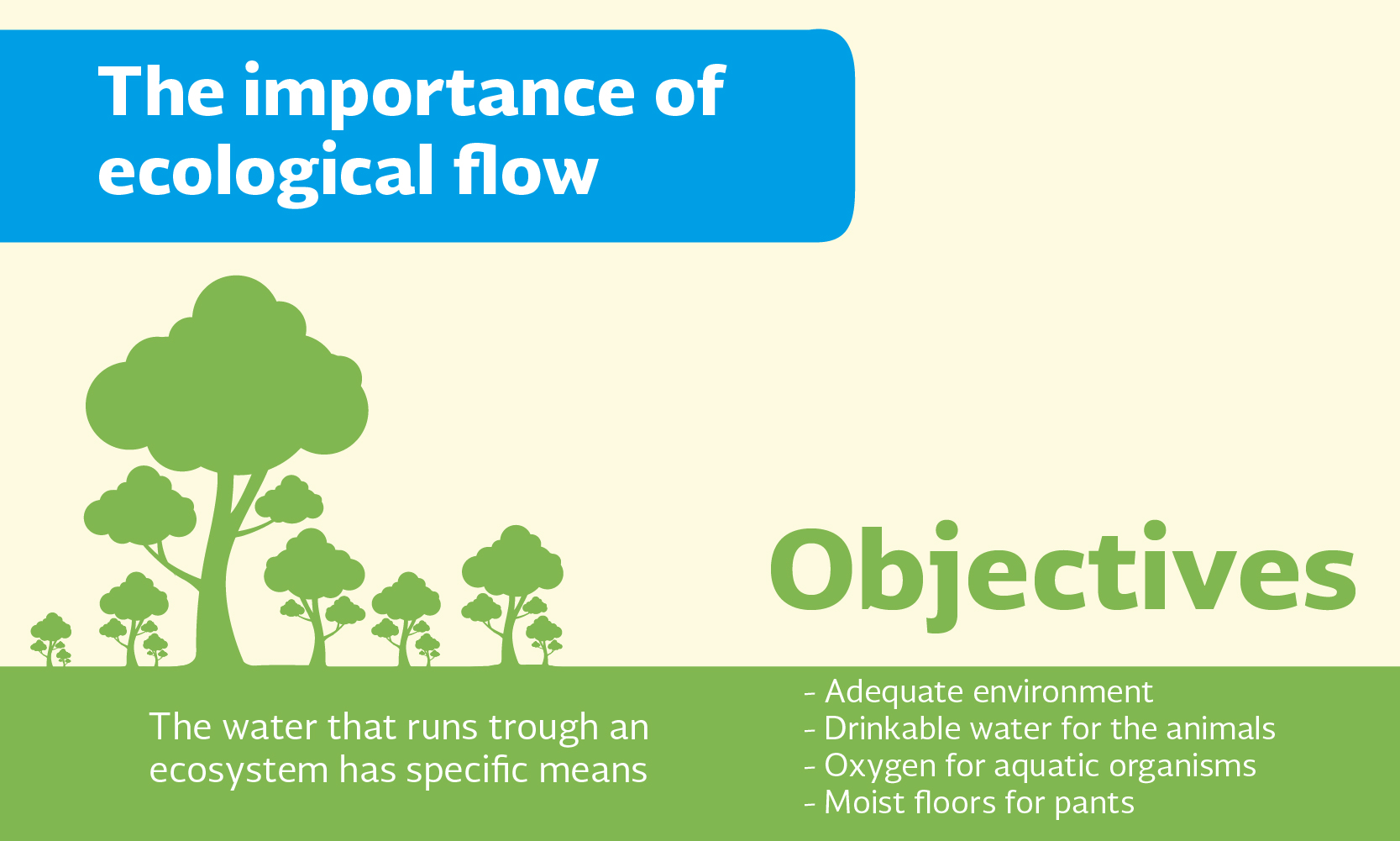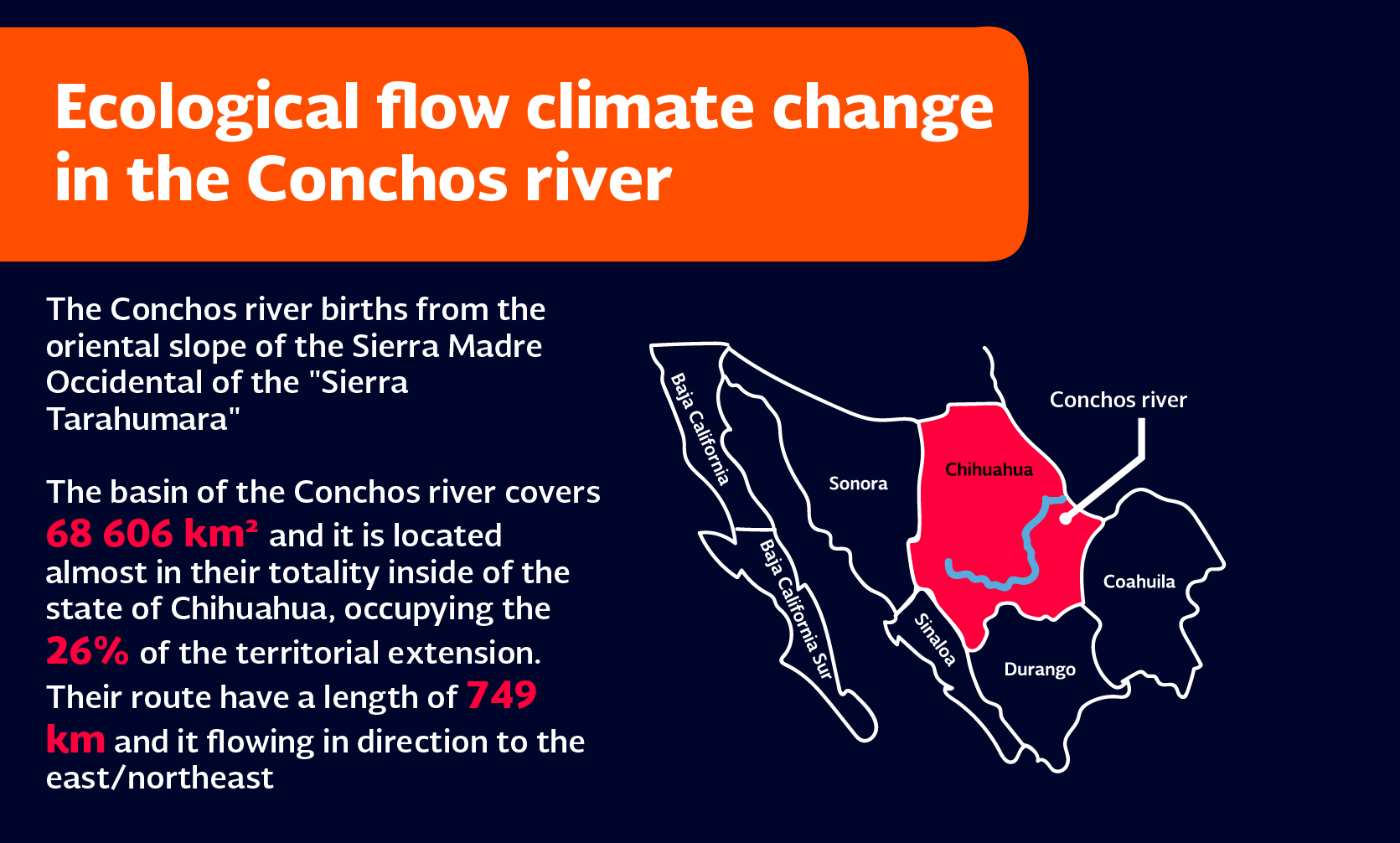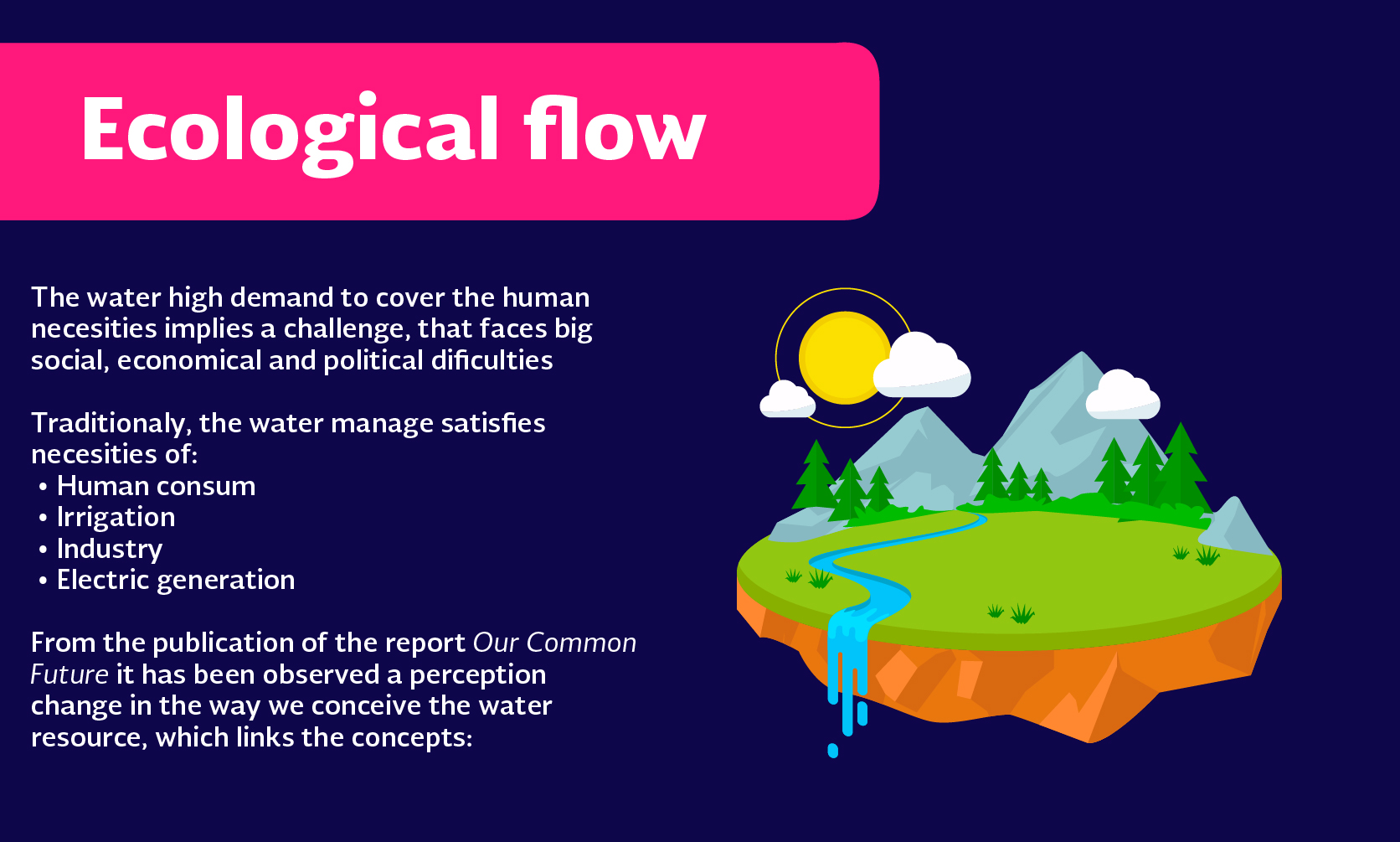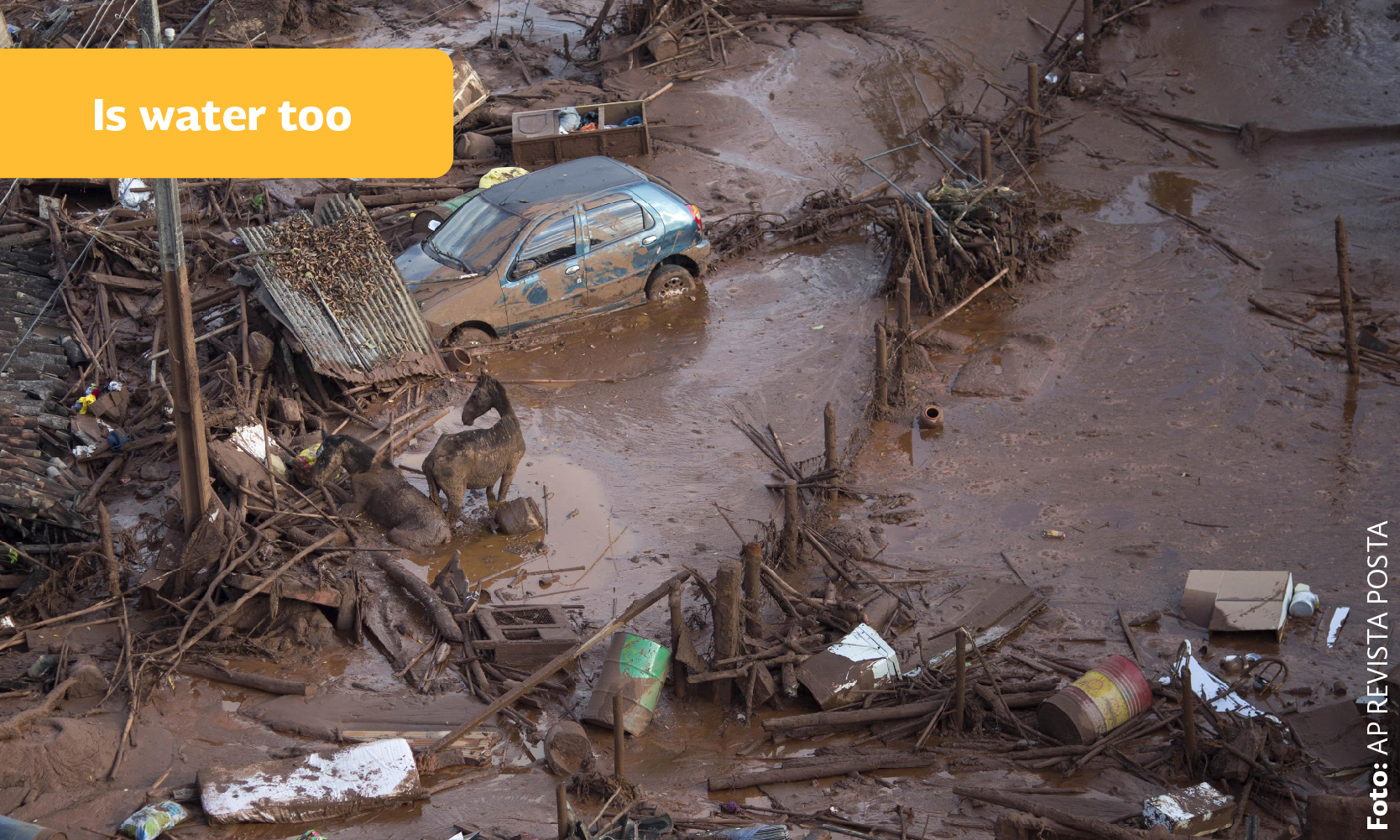A continuous and intense interaction exists between the river bed, the water that goes through it and the riversides. Therefore, any alteration of this set of interactions can have a result of deterioration of the fluvial ecosystem. On this way, it is stablished that an environment is contaminated when its biotic and abiotic conditions get away of the correspondent of its natural state. (Agirre & Bikuña, 2001).
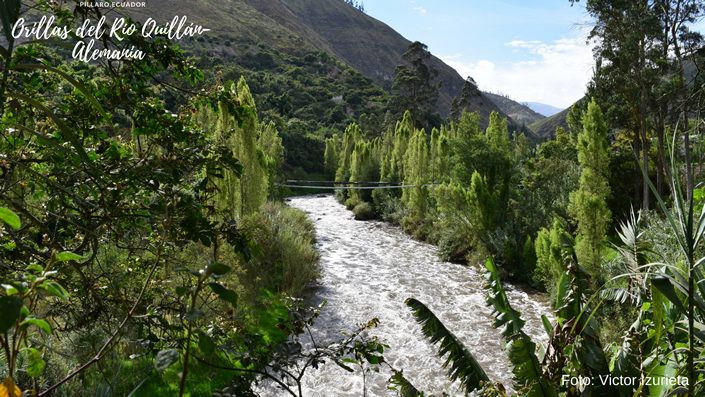
The hydraulic works artificially regulate the volumes, but this regulation affects in a sustancial way the aquatic fauna reophile, not only because of the level fluctuations that are produced, but because of the temporal lag where they occur regarding to the natural phenology. That´s why, the integral management of the water and biological resources that are related to it should confront the problematic that these works are causing and, specifically, quantify the minimum surrounding flows that are capable to maintain the ecosystems of the rivers that are relatively regulated (González-del-Tánago, 2014).
In Ecuador investigations are being realized with funded projects in the preserving of the ecological flows that exist in the principal hydrographic basins of the country; as evidence of this, it can be mentioned the proyect Quillán-Alemania, located in the Píllaro canton, province of Tungurahua, which aims to capture a flow of 40% of the total of about 450 liters per second of water that comes from natural slopes own by the sector. It is important to emphasize that in the mentioned sector is idealised an ambiental balance with its water resources, giving way to several hatcheries of a specie of fishes in particular, known as trout.
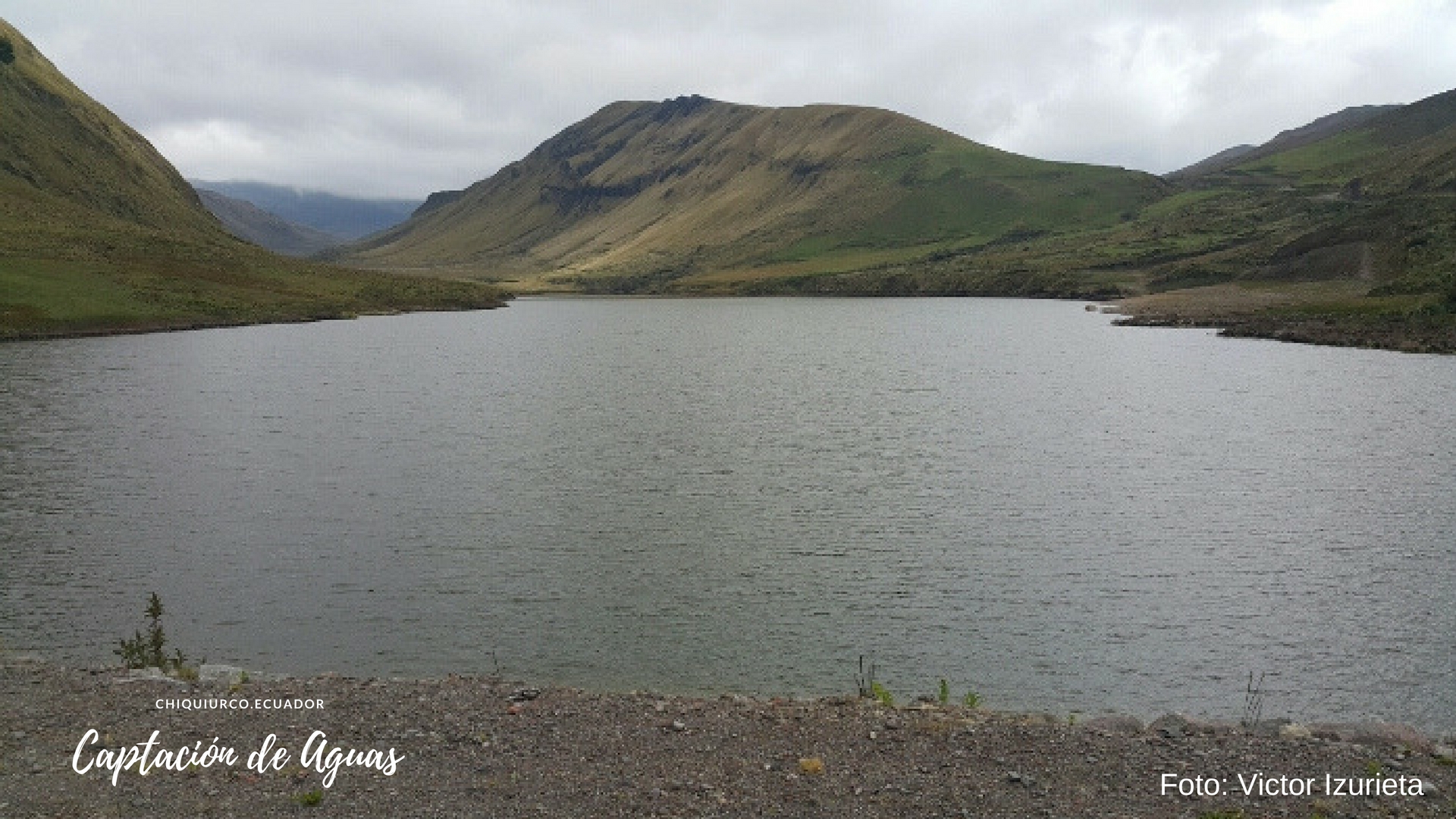
The need of the population of having a water service with quality has generated a concern, in noting that this benefit has become in something vulnerable and it is being endangered. In Ecuador, the interest of taking care and preserving the ecosystems that provide water services, has increased.
The principal initiative that is taken by the municipal authorities is the creation of a mechanism of payment for ambiental services for the preserving of river basins, which consists in the monetary remuneration in exchange for maintaining or modifying the use of the ground that affects the disponibility and/or quality of the water resource. The monitoring in many projects is not very rigorous or it is not even being monitored, however a big progress in the ambit of tha ambiental maintenance is being noticed (Cordero-Camacho, 2008).
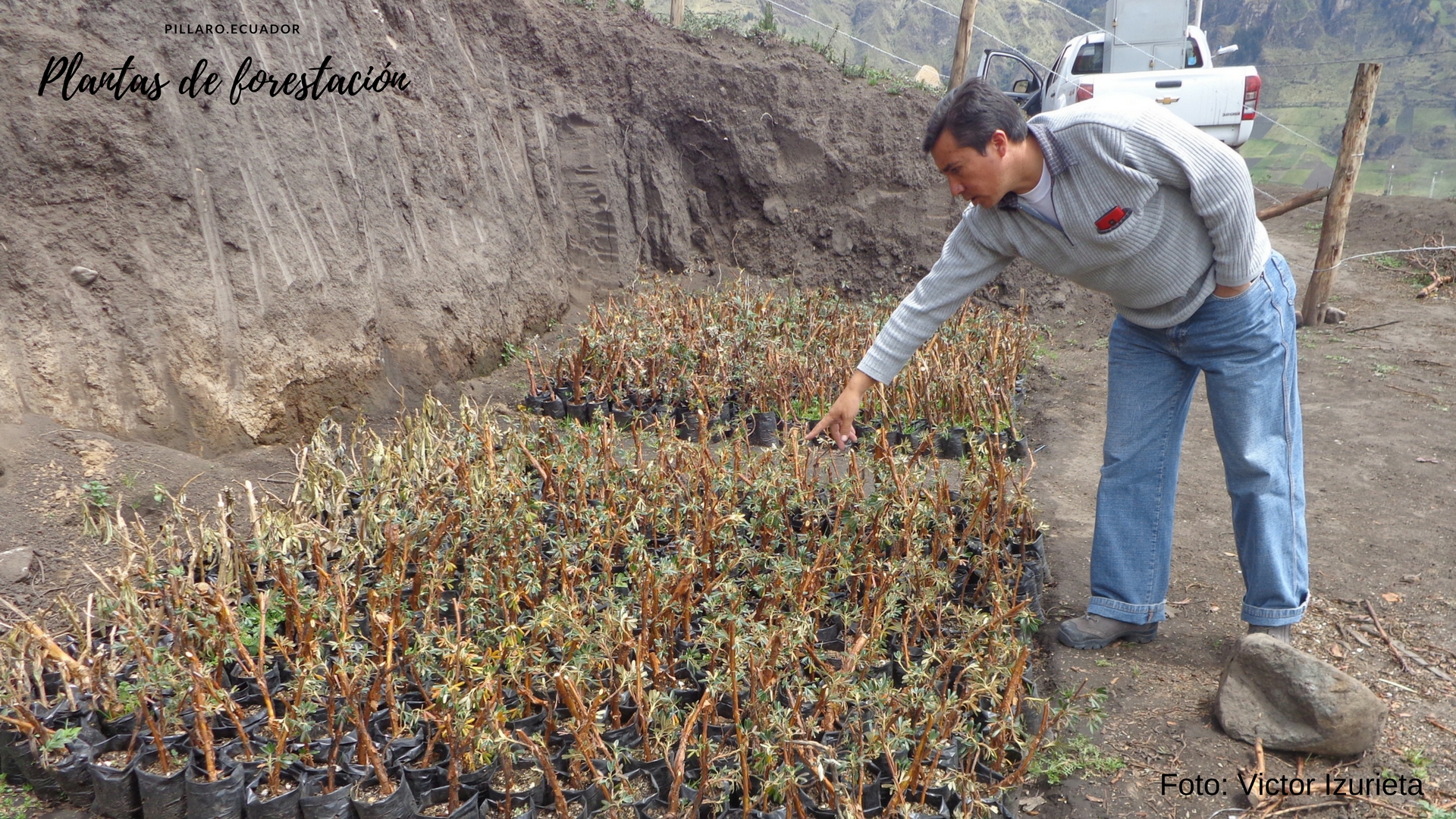
We consider that the most adequate way of managing the water resources that nature provides us is through a balance between the use and protection of the involved ecosystems; reusing the treated waters, reducing the polluting discharges and by actively involving the civil society; all this with the objective of returning to the water ecosystem its natural dynamic.
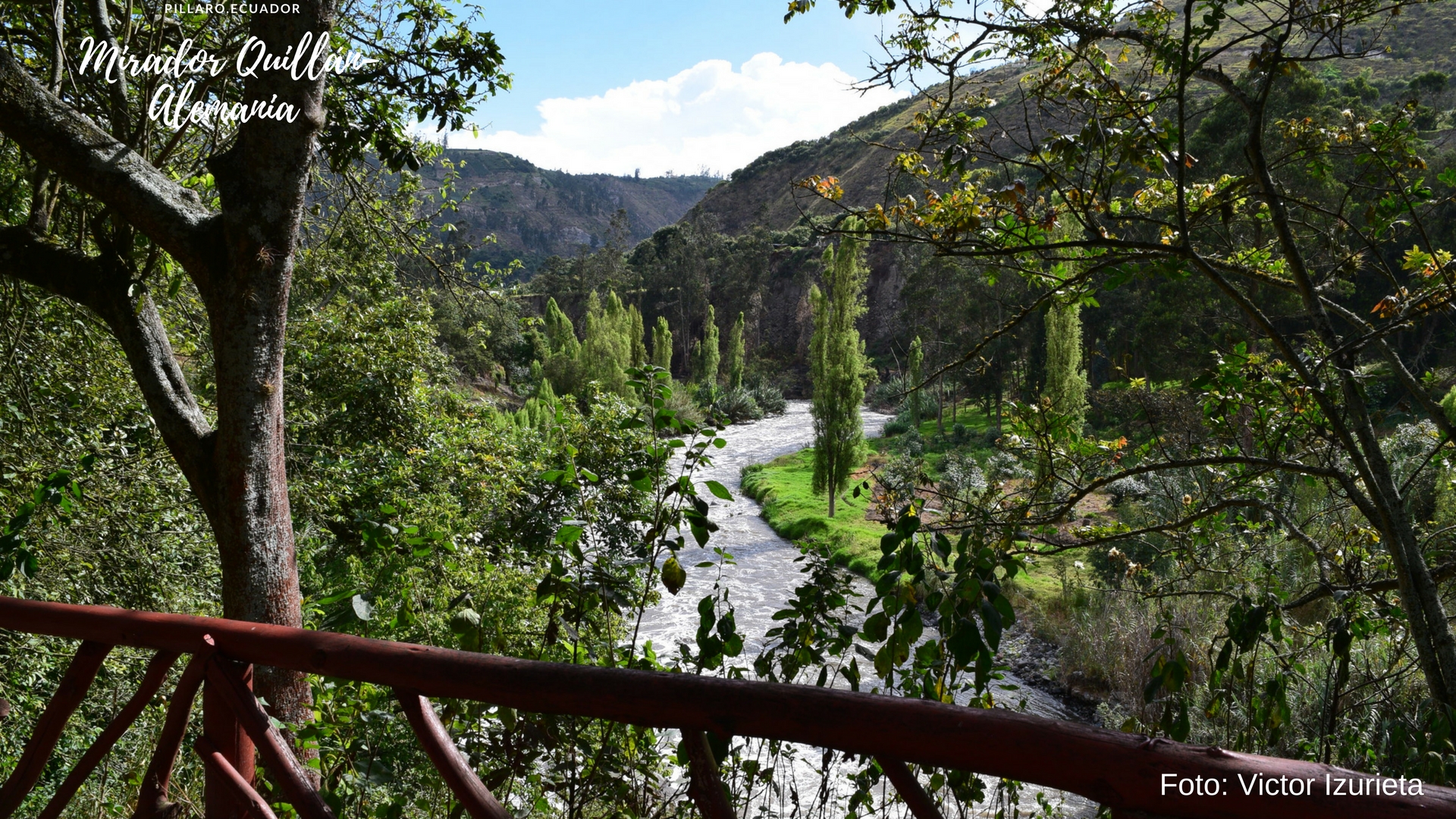
References
Agirre, A., & Bikuña, B. G. D. (January 2001). Conceptos básicos para la aplicación del caudal ecológico. Barcelona: s.e.
Cordero-Camacho, D. (2008). Esquemas de pagos por servicios ambientales para la conservación de cuencas hidrográficas en el Ecuador. Investigación Agraria: Sistemas y Recursos Forestales, 17(1), 54-66.
Recuperado de file:///C:/Users/user/Downloads/1521-2440-1-PB.pdf.
González-del-Tánago, M. (2014). El concepto de caudal ecológico y criterios para su aplicación en los ríos españoles. Madrid: s.e.
You can contact the autors of this article:
Karen Figueroa: kfigueroa6150@uta.edu.ec
FB: www.facebook.com/karen.figueroas
Víctor Izurieta: vizurieta9045@uta.edu.ec
Christian Pérez: cperez6213@uta.edu.ec
FB: www.facebook.com/chrisdan.perez
Esteban Tenecota: etenecota6280@uta.edu.ec




